
mouse by lynn
Thank you for my limits–
They are gifts.
I do not have unlimited energy or choices
And so much is unknown.
All will work for good.
I can be at peace.
Welcome peace.
Be glad for imperfections and limits.
They are good–
Truly gifts!
The future is unknown,
Not determined or fully controlled by my choices.
Don’t fear choices.
Rest in peace.
Step into the unknown,
Warmly accepting my limits.
Receive them as gifts.
The limitations are good.
I want all to end well and be good.
As I invite grace into my choices,
I expect the future to hold many gifts
And peace.
Today I will embrace my limits
And see adventure in the unknown.
Do not fear the unknown.
Expect good.
Welcome my limits.
Dive enthusiastically into my choices.
There is reason to feel peace.
Thank you for all my gifts.
Look for gifts
in the unknown.
Know peace.
The future will be good.
Have confidence in my choices.
Be friendly with my limits.
Expect surprising and good gifts,
As I make choices when so much is unknown.
Acknowledging my limits can give me peace.
In my last post I mentioned how I was writing sestinas for exploration, playing with words during my morning contemplative time. The above is one of mine from a couple of days ago. You can see the structure of repeating over and over the end words, in a set order, and then in the final triplet using all 6 words. I picked words that I wanted to grapple with, enabling them to sink ideas into me in a mantra-like way., pushing the words to their limits. I am not a poet, and usually I do not share any poetry I write, but I am doing this to encourage you to dabble too, and see where it leads you.
I suggest that you pick 6 words and try this yourself. They can be very concrete ones or more conceptual, or more feeling words. The structure for the end word repetition is 123456, then 615243, then 364125 then 532614, then 451362, then 246531 – I hope I copied this correctly! – you will detect the pattern as you go. And then a final three lines using all 6 words, two in each line: 1-4, 2-5, 3-6, or just put them all in there somehow in 3 lines. It may take a few tries to get into the swing of it, but taking a playful approach can make it fun. And here is an online form that I shared with my students who did sestinas, that can help if all of that seems too much trouble: http://dilute.net/sestinas/
You may be surprised what has emerged as you read it after you have finished.
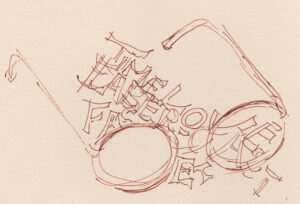 Have you ever written poetry? Not to produce a poem as professional poets do or with the aim of creating something to be admired, but just for the fun of playing with words, being friendly with them? Sestinas are a poetic form, where 6 words are used over and over again in 7 stanzas, no rhyming. (A good example is Elizabeth Bishop’s poem entitled
Have you ever written poetry? Not to produce a poem as professional poets do or with the aim of creating something to be admired, but just for the fun of playing with words, being friendly with them? Sestinas are a poetic form, where 6 words are used over and over again in 7 stanzas, no rhyming. (A good example is Elizabeth Bishop’s poem entitled 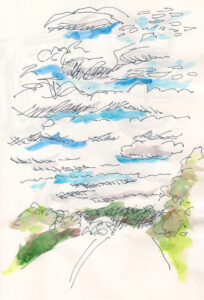 I ‘listen’ to poetry to hear what speaks to me. Each of us hears a poem in a different way. I have been finding nourishment in these lines from the poem “Somewhere” (from Laboratories of the Spirit, Macmillan 1975) by the Welsh poet R.S.Thomas.
I ‘listen’ to poetry to hear what speaks to me. Each of us hears a poem in a different way. I have been finding nourishment in these lines from the poem “Somewhere” (from Laboratories of the Spirit, Macmillan 1975) by the Welsh poet R.S.Thomas.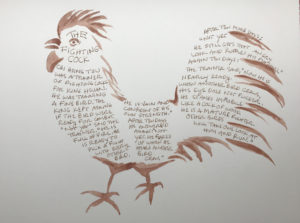 I do not like conflict. But we just cannot avoid some of it in life. Others can be aggressive, we can feel outraged, or we can just have strong disagreements. The words in this drawing of mine are from a set of translations/interpretations from The Way of Chuang Tzu by Thomas Merton.
I do not like conflict. But we just cannot avoid some of it in life. Others can be aggressive, we can feel outraged, or we can just have strong disagreements. The words in this drawing of mine are from a set of translations/interpretations from The Way of Chuang Tzu by Thomas Merton.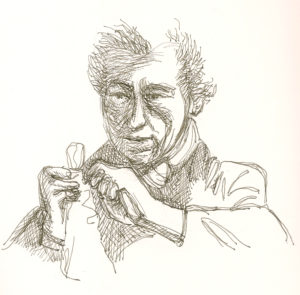
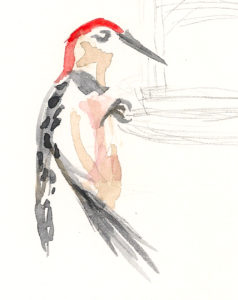
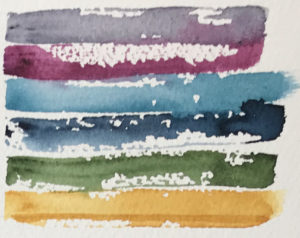 In so much of life I see words obscuring truth. Here is something that reminds me that words don’t necessarily hide the truth, but can liberate it.
In so much of life I see words obscuring truth. Here is something that reminds me that words don’t necessarily hide the truth, but can liberate it.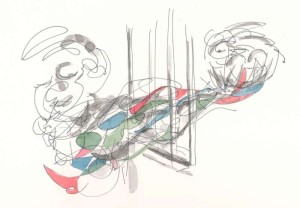
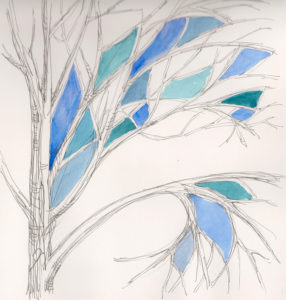


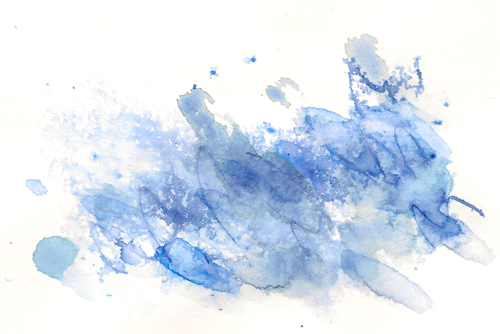
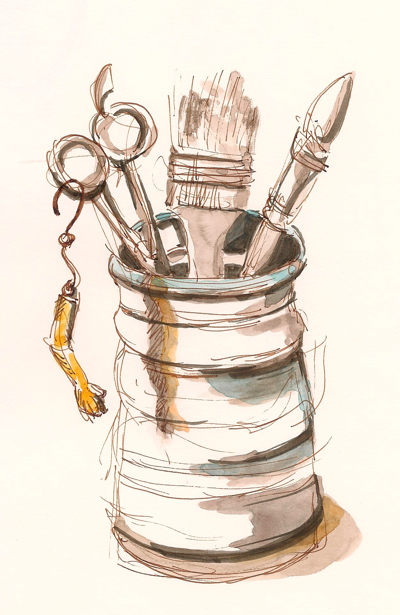
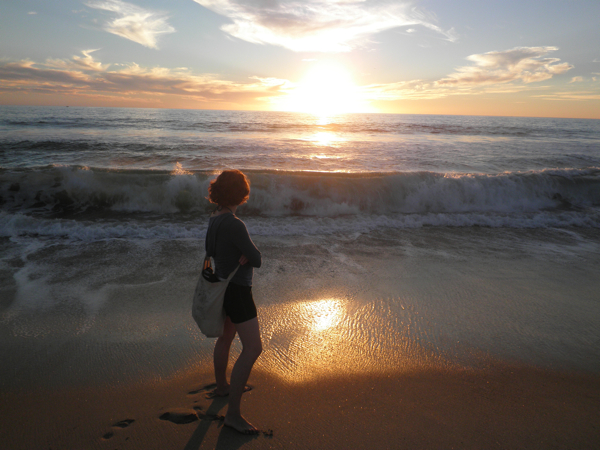
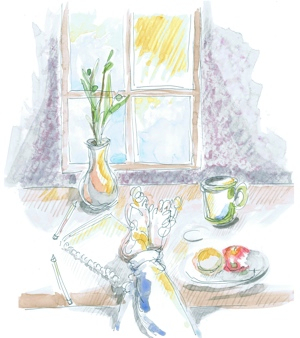
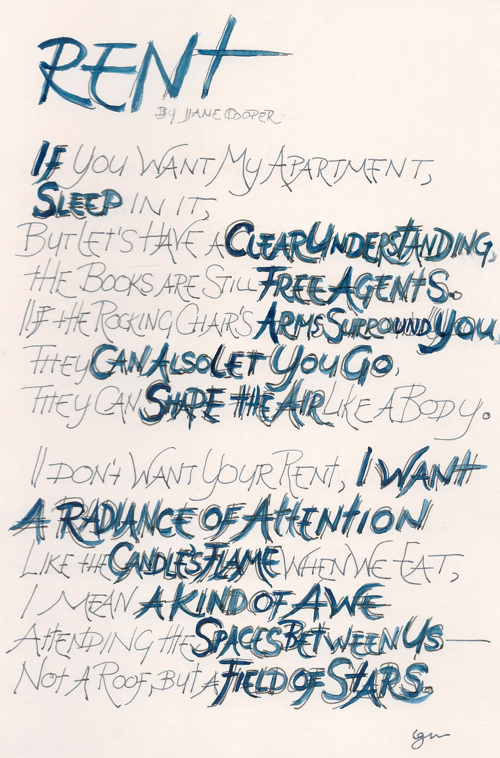
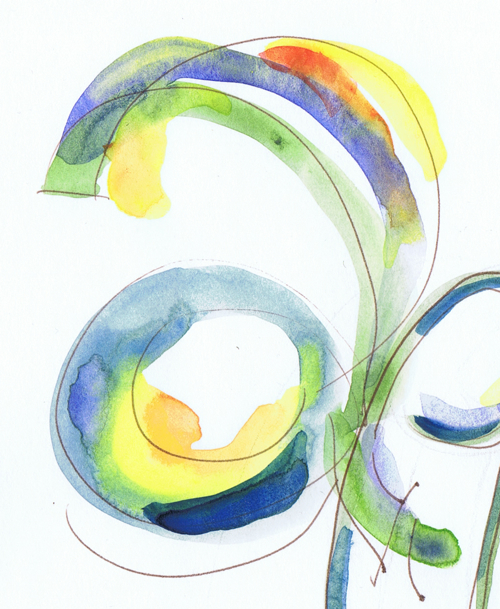
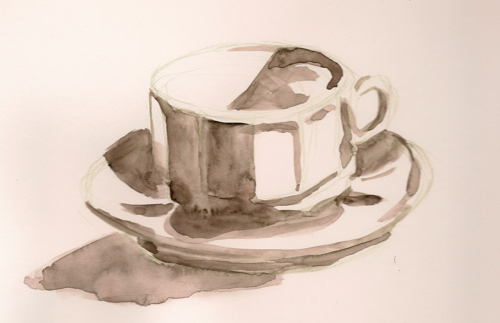
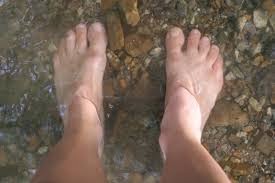
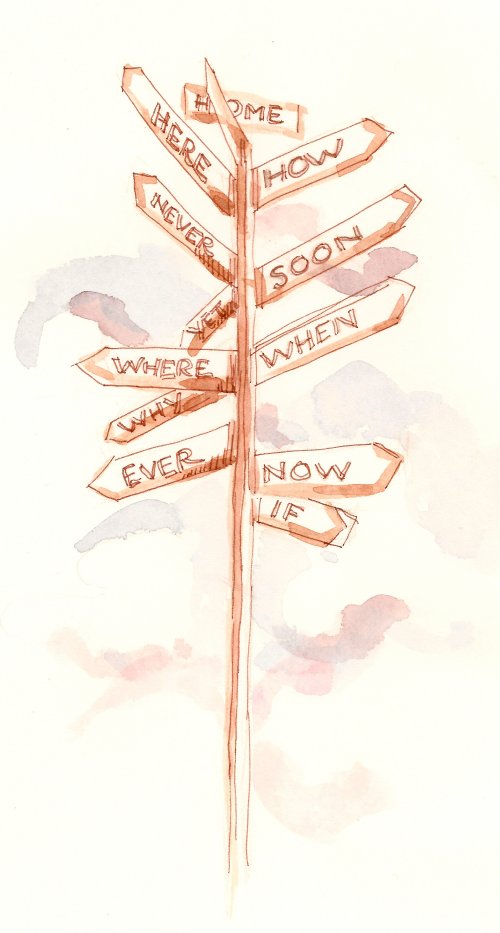
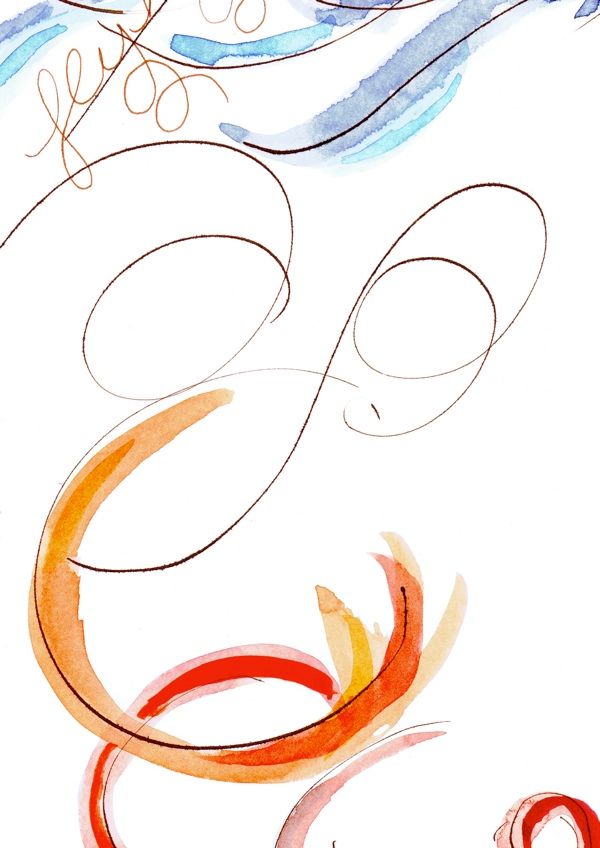 No one ever told us we had to study our lives,
No one ever told us we had to study our lives,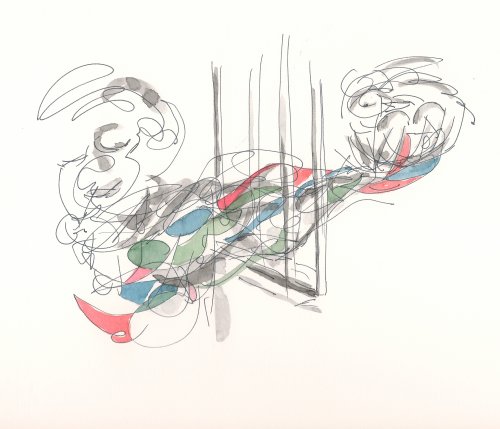
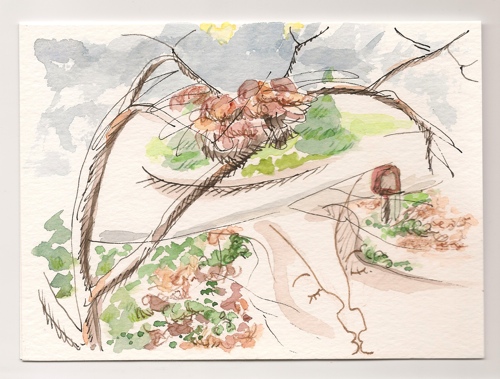
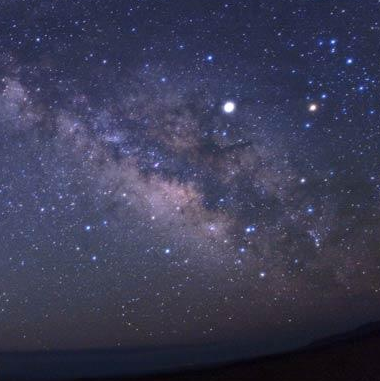
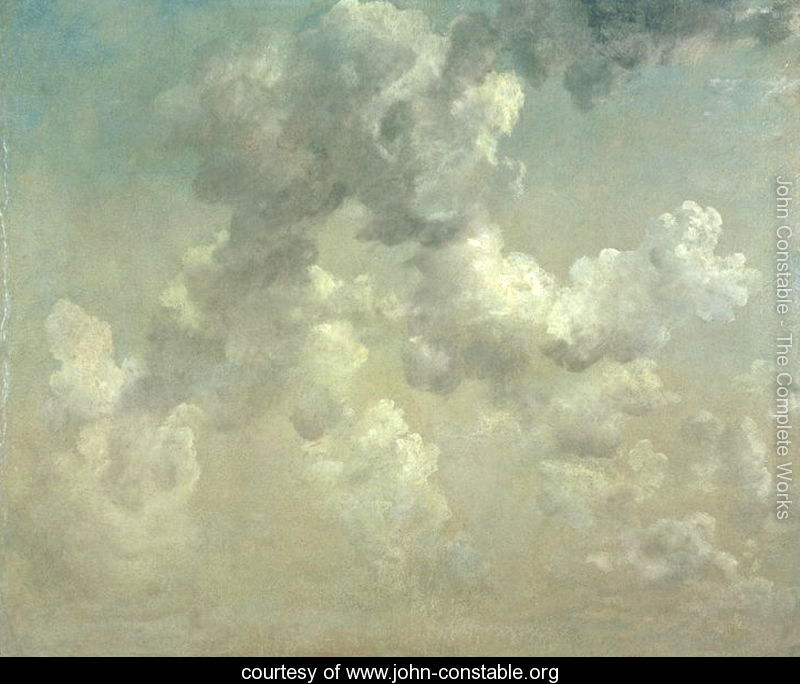 MUSIC
MUSIC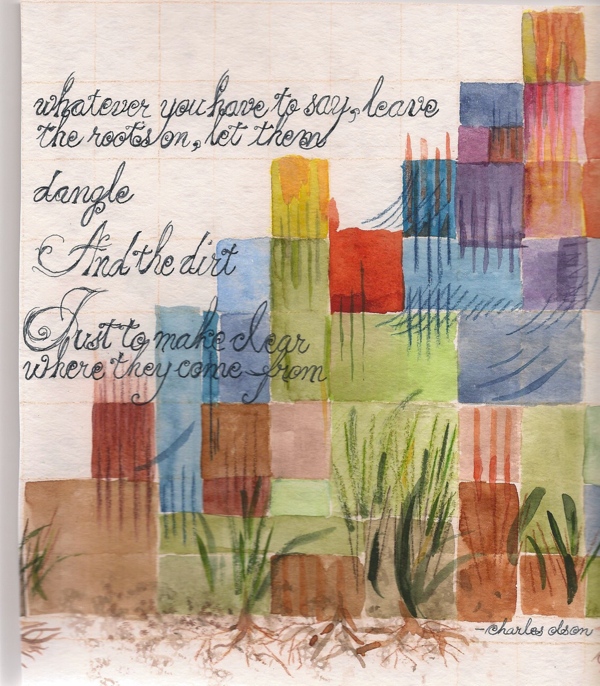
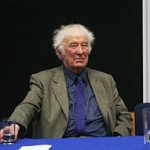 Seamus Heaney’s poem “Postscript,” is a great example of this, and I quote it in the book; you can
Seamus Heaney’s poem “Postscript,” is a great example of this, and I quote it in the book; you can 